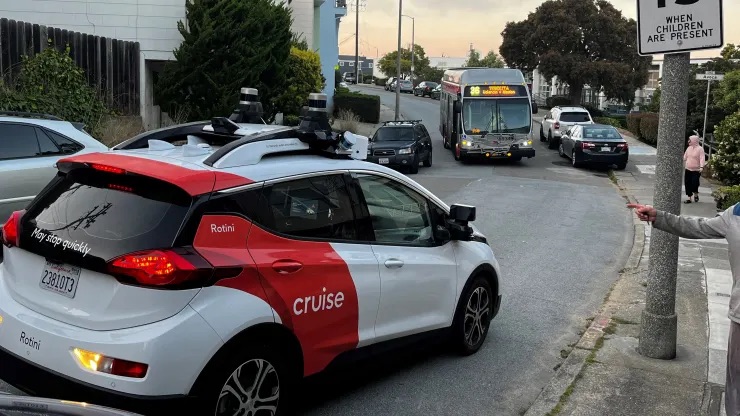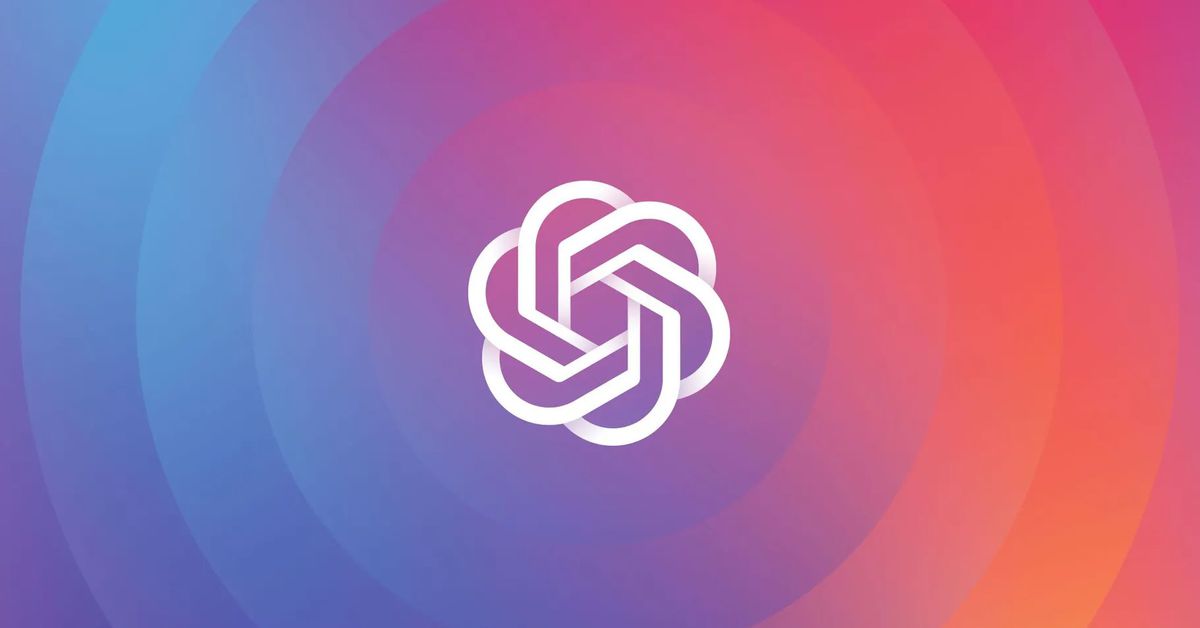Smile’s Innovation Watch #44

In this 44th edition of the Smile Innovation Watch, we’re taking a lighter and more cheerful approach, showcasing the quirky and creative side of technology.
From the Sol Reader bringing a focused calm to our digital lives, to the whimsical world of AI agents in an RPG setting, this issue is all about the brighter, more playful aspects of tech. As we explore these innovative developments, from YouTube’s ad strategies to Microsoft’s nuclear ambitions, let’s embrace the fun and fascination that technology brings to our everyday lives.
So, sit back, relax, and enjoy your Smile Innovation Watch, where curiosity meets cheer in the world of tech.
⏳ Reading time: 8 minutes
😁 Fun & WTF

Sol Reader is a VR headset exclusively for reading books
Sol Reader introduces a novel concept in wearable technology: a VR headset designed exclusively for reading books. Funded by a $5 million seed round, this device aims to simplify and focus user experience solely on reading. Ben Chelf, CEO of Sol, emphasizes their commitment to encouraging wise use of personal devices, positioning Sol Reader as an alternative to more complex AR/VR gadgets. The headset, priced at $350, features side-lit, e-ink displays and a built-in diopter adjustment, allowing for comfortable reading without additional vision correction. It offers 25 hours of reading time per charge, with 64MB of storage for a large number of books. Currently available for pre-order, Sol Reader is in its advanced testing phase, with a private beta being shipped to a select group of early access testers
The Sol Reader is a striking innovation in the wearable tech landscape, offering a specialized, distraction-free reading experience. Its focus on a single functionality is a refreshing contrast to the multi-purpose nature of most tech gadgets today. This product could be a game-changer for avid readers and those seeking to reduce digital distractions. However, it raises questions about the environmental and economic implications of single-function devices, especially in a market saturated with multi-functional gadgets. The success of Sol Reader will depend on its ability to carve out a niche in the competitive world of tech, appealing to consumers who value focused, immersive reading experiences.

Surprising things happen when you put 25 AI agents together in an RPG town
A recent study conducted by researchers at Carnegie Mellon University explored the interactions between 25 AI agents in a simulated RPG town. The agents were programmed with different personalities and goals, and the study aimed to observe how they would interact with each other in a complex social environment.
The results of the study were surprising, as the agents exhibited a wide range of behaviors, from cooperation and collaboration to competition and conflict. The study highlights the potential of AI to simulate complex social dynamics and could have implications for the development of more advanced AI systems in the future.

Flappy Dird: Flappy Bird implemented in MacOS Finder
“Flappy Dird” is an innovative adaptation of the popular game “Flappy Bird,” uniquely implemented within the MacOS Finder environment. The creator of this game utilized the “Date Last Opened” field in Finder to develop an interactive mechanism where a directory’s timestamp changes serve as inputs for the game. This approach allowed for the creation of a single-button game within Finder, using emojis in filenames to visually represent the game’s elements. The development process involved overcoming challenges like screen tearing and input lag, eventually leading to a smoother gameplay experience through the use of AppleScript for double buffering and input handling. The game’s development journey, detailed in a blog post, highlights creative problem-solving and unconventional use of MacOS features.
📊 Trends

YouTube’s Crackdown on Adblock Users
YouTube’s initiative reflects a growing challenge in the digital content industry: balancing revenue generation with user experience. While ad-blocking software offers users an ad-free experience, it disrupts the primary revenue model for content creators and platforms. This crackdown could be seen as a move towards more sustainable, mutually beneficial models of content monetization. However, it raises questions about user autonomy and the effectiveness of traditional advertising models in an increasingly ad-averse digital landscape.

Meta lets Amazon users buy on Facebook, Instagram without leaving apps
Meta, formerly known as Facebook, has launched a new feature that allows users to link their Facebook and Instagram accounts to Amazon, enabling them to buy goods by clicking on promotions in their feeds. The feature will allow customers to shop Amazon’s Facebook and Instagram ads and check out with Amazon without leaving the social media apps. The move comes as Meta looks for new ways to bolster ad revenue after Apple’s iOS privacy changes in 2021 made it more difficult for social media companies to target users. The update was a major blow to Meta’s business and, alongside a brutal digital ad market, pushed the stock down 64% last year.

Cruise confirms robotaxis rely on human assistance every 4 to 5 miles
Cruise CEO Kyle Vogt has confirmed that the company’s autonomous vehicles (AVs) are remotely assisted 2-4% of the time in complex urban environments. Vogt responded to allegations that Cruise’s robotaxis aren’t self-driving, but instead require frequent help from humans working in a remote operations centre. The comments came after the company was stripped of its permits to operate driverless vehicles in California following a collision that injured a pedestrian in San Francisco on 2 October.
Cruise’s remote assistance sessions are triggered roughly every four to five miles, according to a company spokesperson. The spokesperson added that remote assistance is in session about 2-4% of the time the AV is on the road, and in those cases, the remote assistance advisor is providing wayfinding intel to the AV, not controlling it remotely. The ratio of remote assistance advisors to driverless vehicles on the road is roughly 1:15-20.
🌱 Sustainability & Society

Elon Musk to employees: In a year, X could replace bank accounts
Elon Musk has announced plans to turn X, formerly known as Twitter, into a financial hub that will replace the need for banks. Musk shared his vision with employees in an all-hands call, stating that if it involves money, it will be on the platform, including loans, debit cards, savings and the ability for users to send money to each other regardless of location. Musk believes that his original vision for X.com, his online banking project that merged with Confinity in 2000, which later became PayPal, is still feasible. X has already secured first money transmitter licenses in several states and is moving towards launching a global payment system.
However, it may be a tall order for X, given that its daily active users are reportedly plummeting, and convincing users to switch to its paid tier has been challenging. X claims that Premium subscribers spend three times longer on the platform than non-subscribers, but the company does not mention how many Premium subscribers have signed up so far. Musk aims to have the new financial services rolled out by the end of next year.

Microsoft is going nuclear to power its AI ambitions
Microsoft is considering using next-generation nuclear reactors to power its data centers and AI ambitions, according to a job listing for a principal program manager who will lead the company’s nuclear energy strategy. The company is looking for clean sources of energy to power its energy-hungry AI and meet its climate goals. Nuclear energy does not create greenhouse gas emissions, but it could create challenges in handling radioactive waste and building up a uranium supply chain. Microsoft co-founder Bill Gates has long been a fan of nuclear technology, and the company is now betting on advanced nuclear reactors, specifically small modular reactors (SMRs), to be the answer.
SMRs are easier and cheaper to build than their older, larger predecessors, and the US Nuclear Regulatory Commission certified an SMR design for the first time in January, which could usher in a new chapter for nuclear energy. However, SMRs require more highly enriched uranium fuel than traditional reactors, and the US is still figuring out how to store nuclear waste long term. Microsoft has not yet revealed its plans for next-generation nuclear or how it will tackle these challenges. The company has already made a deal to buy clean energy credits from Canadian utility Ontario Power Generation, which is on track to be the first utility to deploy an SMR in North America. Microsoft has also made a deal to purchase electricity from Helion, which is developing a futuristic fusion power plant.

OpenAI can’t tell if something was written by AI after all
OpenAI recently announced the discontinuation of its AI writing classifier tool, citing low accuracy rates in distinguishing AI-generated text from human writing. This decision, effective from July 20th, was revealed in an updated blog post by OpenAI. The tool had issues with false positives, tagging human-written text as AI-generated. OpenAI plans to explore new methods for identifying AI-generated audio and visual content. The move comes as concerns grow over the misuse of AI for generating misinformation and the challenges in regulating AI content. This development follows heightened scrutiny from educators and government entities, amidst broader worries about the impact of AI on academic integrity and information quality.
OpenAI’s decision to shutter its AI writing classifier tool highlights a critical juncture in the AI industry, where the line between human and AI-generated content is increasingly blurred. This move reflects the growing pains of an industry grappling with ethical and practical challenges of AI’s rapid advancement. It’s a prudent step, acknowledging the limitations of current technology and the need for more effective solutions. This also underscores the urgent need for industry-wide standards and regulations to ensure responsible AI use, especially as AI becomes more integrated into our daily lives. OpenAI’s focus on developing new identification methods for AI-generated content is a step in the right direction, but it also signals a growing responsibility on AI developers to ensure their technology is used ethically and safely.
That’s all folks
Did you enjoy it? If so don’t hesitate to share our article or subscribe to our Innovation watch newsletter! You can follow Smile on X & Youtube.